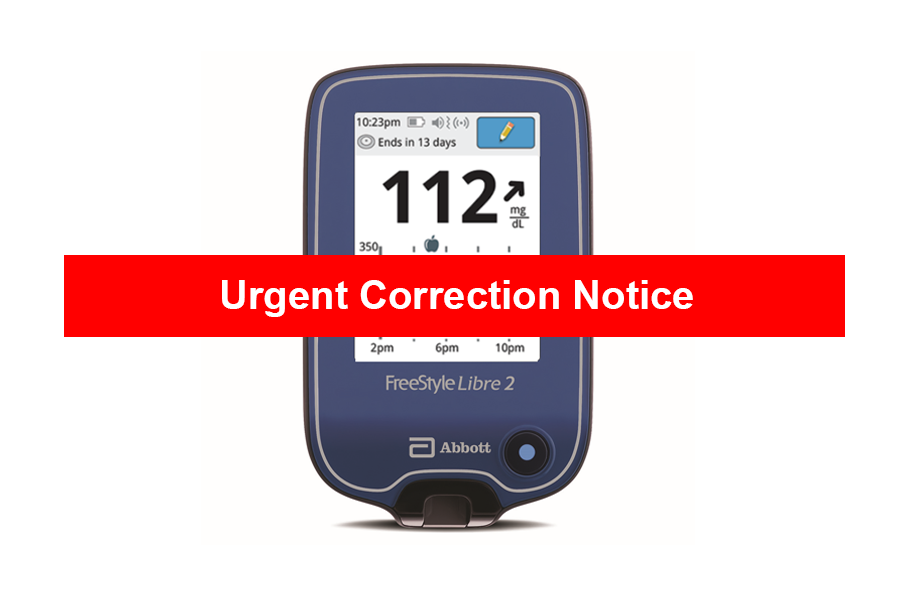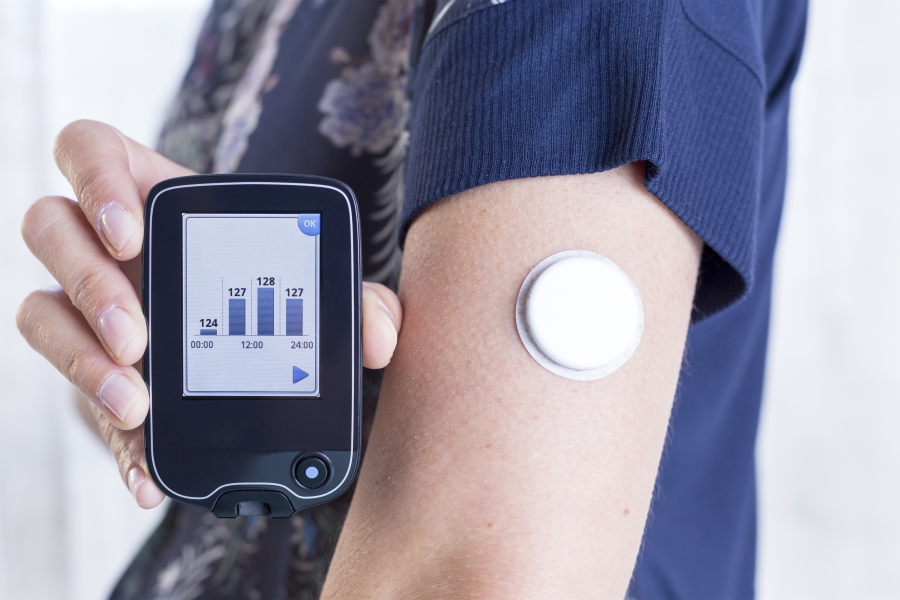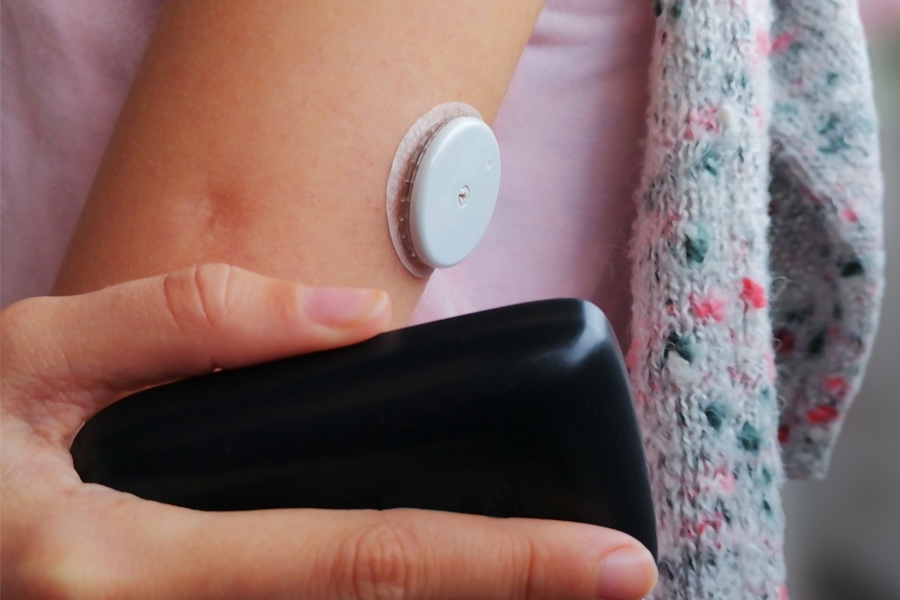Glaucoma is a serious eye disorder which currently affects over 3 million Americans. Early diagnosis and treatment is crucial as it can lead to blindness in as little as three years.
Risk Factors:
Glaucoma typically occurs most often in people over 40, but can also occur in young adults, children, and infants. Also at increased risk are people with a family history of glaucoma, have poor vision or who are diabetic.
Race also plays a part role. Research shows that glaucoma is seven times more likely to occur in African Americans, beginning at an earlier age and with greater loss of vision. People who are of Irish, Russian, Japanese, Hispanic, Inuit, or Scandinavian descent are also at risk.
Causes:
Naturally, eyes produce an internal fluid to help the eyeball keep its shape. Typically, the fluid drains out of the eye but can sometimes “back up” causing fluid build-up. When this happens, the pressure from the fluid starts building up inside the eye. The result is damage to sensitive nerve tissues and sometimes chronic glaucoma. Doctors believe that the blockage is most often hereditary, though the direct cause is unknown.
Less common causes of glaucoma include the following to/of/in the eye: a blunt or chemical injury, severe infection, blockage of blood vessels, inflammatory conditions, and occasionally surgery to correct another condition.
Symptoms:
The first sign of glaucoma is often the loss of peripheral or side vision, which can go unnoticed until late in the disease since the early stages of glaucoma are usually symptom-free. A standard “puff test” is used to detect the condition, making it one reason why you should have a complete exam with an eye specialist every one to two years.
Occasionally, eye pressure can rise to severe levels. Seek immediate medical care if you have any of the following symptoms:
• Seeing halos around lights
• Vision loss
• Redness in the eye
• Eye that looks hazy (particularly in infants)
• Nausea or vomiting
• Pain in the eye
• Narrowing of vision (tunnel vision)
Is There A Cure?
There have been quite a few powerful medications developed in recent years that can be very effective at slowing the progression of glaucoma. Laser surgery, with medications, also helps make drainage in the eye better therefore reducing dangerous pressure. While it’s not curable, glaucoma is often very treatable – the earlier, the better.
For questions or concerns about your glaucoma risk, please contact your primary care physician. For more information, visit Web MD and vsp.com, which provided source information for this article.
















